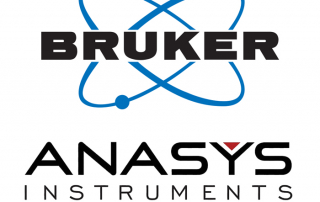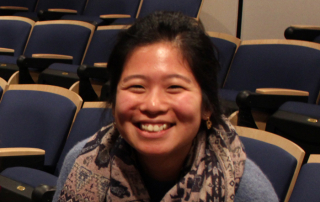Bruker acquires nanoIR company Anasys Instruments
Bruker today announced that it has acquired Anasys Instruments Corp., a privately held company that develops and manufactures nanoscale infrared spectroscopy and thermal measurement instruments. This acquisition adds to Bruker’s portfolio of Raman and FTIR spectrometers, as well as to its nanoscale surface science instruments, such as atomic force microscopy and white-light interferometric 3D microscopy. Financial details of the transaction were not disclosed. Headquartered in Santa Barbara, California, Anasys Instruments Corp. has pioneered the field of nanoprobe-based thermal and infrared measurements. Its industry-leading nanoIR™ products are used by premier academic and industrial scientists and engineers in soft-matter and hard-matter materials science, and in life science applications. Recently Anasys introduced even higher performance with 10 nanometer resolution nanoIR imaging.






